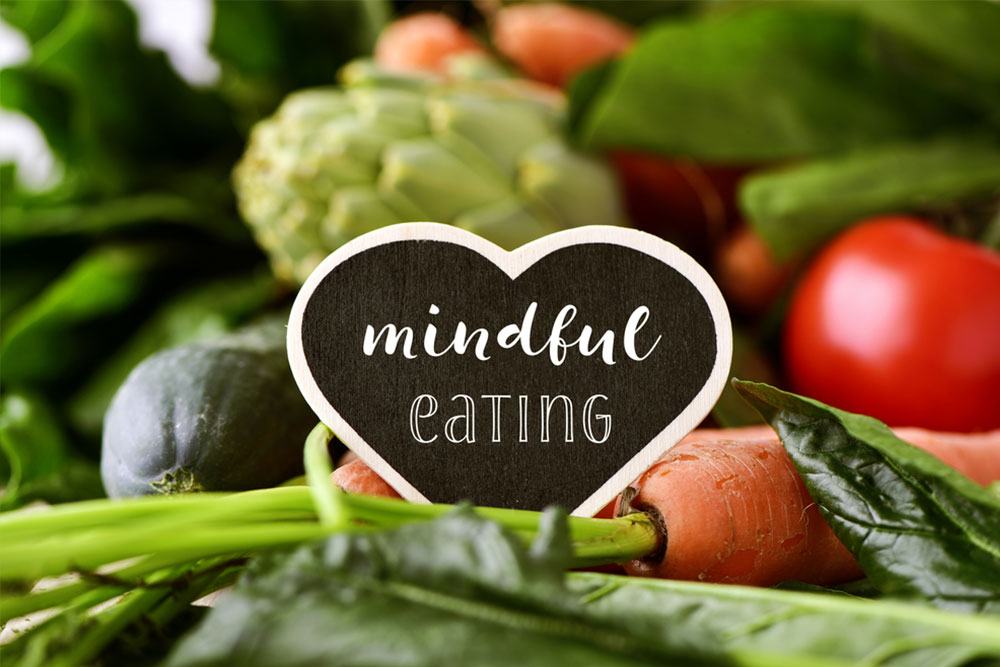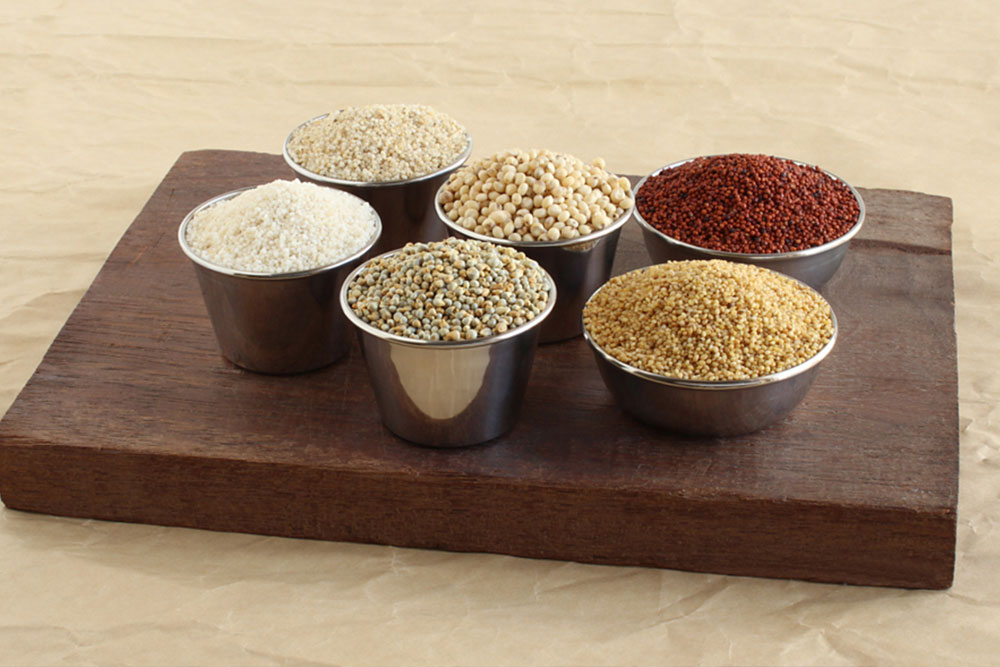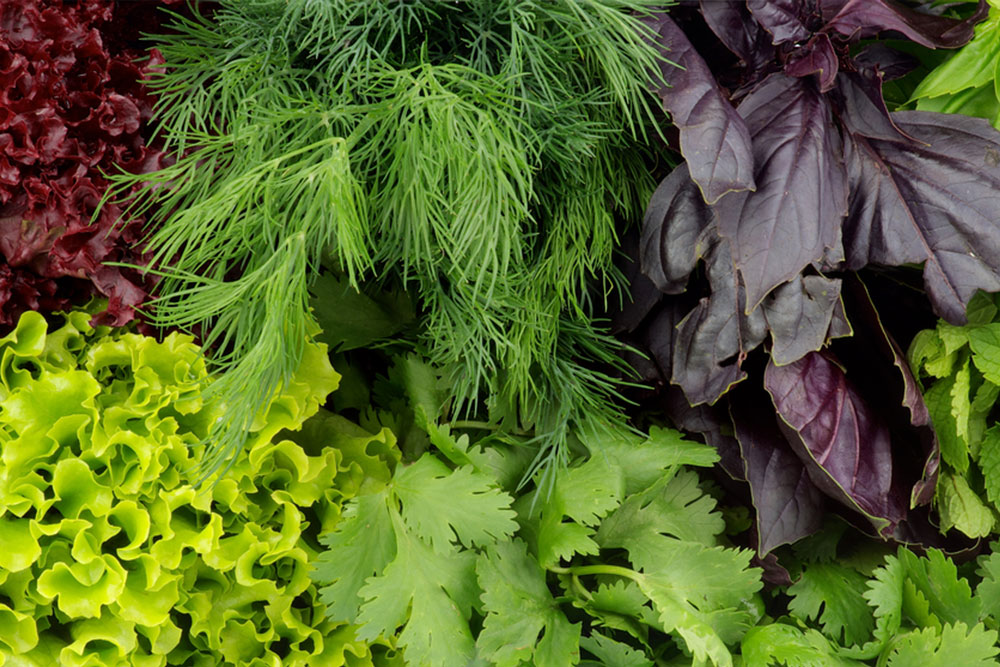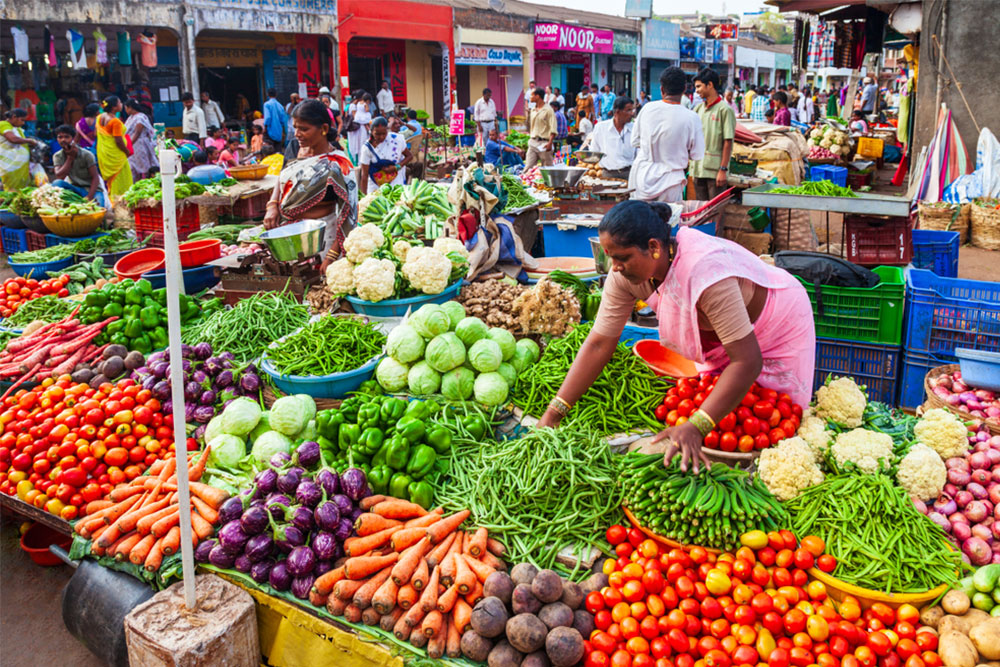Think of the word gastronomy and your mind is naturally likely to head towards sophisticated dishes, presented like works of art instead of simple sources of nutrition, served at world-class restaurants. But while this word with Greek and French origins may seem alienating and other-worldly, what it truly signifies is approachable by all, no matter what part of the world you live in. Simply put, gastronomy refers to the art of food, specifically local food and cuisines.
The principles of sustainable gastronomy
While you might associate Michelin-starred or celebrated chefs as practitioners of gastronomy, the fact is that women have been the true practitioners of gastronomy through the centuries. Women, who have been traditionally delegated to the domestic sphere—and more importantly, the kitchen—are the storehouses of gastronomic knowledge and legacy. What’s more, when it comes to sustainable gastronomy, there is no better example you can look to emulate than the lives of these women.

The United Nations defines sustainable gastronomy as “cuisine that takes into account where the ingredients are from, how the food is grown and how it gets to our markets and eventually to our plates.” If you break down this definition and take a closer look at what it signifies, you’ll find that the gastronomic practices of, say, your grandmother, fit into the picture perfectly. The food prepared by these women was always sourced locally from small-scale farmers (who doubled as greengrocers), cooked keeping optimal nutrition of the family in mind, and food waste was seen as the biggest sin you can perpetuate—all of which are sustainable practices that anybody looking to lead a sustainable lifestyle today needs to adopt.
Sustainable gastronomy in India
This also suggests that to be able to adopt sustainable gastronomy as an eco-friendly way of life, you need to look no further than your own heritage and surroundings. But while there may not be a dearth of inspiration, especially in a country like India where we have a treasure trove of food biodiversity, culture and sustainable practices, the adoption of sustainable gastronomy depends on actual purchase and consumption patterns. A 2019 study published in the journal Environment International, titled Environmental impacts of dietary shifts in India, explains that Indian diets are gradually transitioning away from traditional, nutritious staples like pulses and coarse cereals.
Instead, the Indian urban diet is increasingly shifting towards energy-dense, highly processed foods, with an increasing intake of oils, meat, dairy, sugar and refined grains. The study suggests that these dietary changes are also increasing environmental pressures, carbon footprints and food wastes. The lesson to be learnt here, the study states, is that economic development and urbanisation does not necessarily lead to the consumption of sustainable diets, as proved by the United States. In the US, economic growth may have helped the population shift away from undernutrition, but the threat of obesity and non-communicable diseases has substantially increased.

It's therefore of the utmost importance that economic growth is pursued along with sustainable gastronomy. Here, it’s important to note the fact that adopting the principles of sustainable gastronomy, like buying from local, small-scale farmers and producers, is also likely to bolster the agricultural value chains. The more you buy organic and diverse foods, the more impetus the farmers get to grow it, thanks to the better prices they’re likely to get. The more traditional recipes you try, the longer you’ll keep the legacy of this nation alive, while minimising food waste. After all, ‘waste not, want not’ is a motto Indian mothers and grandmothers have proudly espoused for centuries.
Sustainable Indian foods and practices
Adopting sustainable gastronomy in India, as mentioned before, would require you to move away from processed, unhealthy foods, and adopt or use more traditional and diverse foods produced across the country. Here are a few foods you could start with.

• Millets: Millets are a group of wild-seeded grasses grown as cereal crops for animal fodder and human consumption. They are packed with micronutrients, plant proteins and are known to provide many nutritional benefits. Look to include organically produced bajra, ragi, jowar, jhangora, and kodo millets in your diet. A wide range of savoury and sweet dishes can be prepared with these, along with simple salads.
• Local greens: Instead of reaching only for kale and spinach, try out local Indian greens and microgreens. Mustard and fenugreek greens are traditionally eaten during the winter months in large parts of the country, but you could also look for taro, turmeric, moringa, brahmi, bathua, kalmi, haaf, and kulfa leaves. These lesser known greens offer many health benefits, along with being delicious additions to any meal.

• Rice: Basmati rice may be the most popular one, but the benefits of eating white rice are few and far between. Instead, opt for wild rice varieties like samak, and less popular—but immensely nutritious—varieties like red rice, black rice, bamboo rice, and navara rice.
• Seasonal veggies: Naturally grown vegetable crops adhere to fluctuations in the weather and seasons, which is not the case with mass-produced vegetable hybrids grown with pesticides and artificial methods. Being environmentally responsible would require you to buy organically grown seasonal vegetables. These may not be available all year through, but they’re more nutritious and sustainable.
Gastronomic practices from your grandmother’s generation might seem outdated to many, but the fact remains that they were environmentally sustainable and nutritious at the same time. Here are some practices that you could adopt to further your commitment to sustainable gastronomy.
• Most fruits and vegetables can be fully utilised, from root to tip, without generating any waste. Fruit peels can be easily transformed into face packs and scrubs, while vegetable peel chips and curries can be easily prepared. For peel curries, try recipes from Bengali, Keralan, and tribal cuisines of India.
• Avoid using non-stick cookware, which tend to have teflon coatings and harmful chemicals that can enter your food chain. Instead, use cast iron, copper, terracotta, clay, or soapstone cookware. These are not only environment friendly but also enhance the taste of the dishes prepared. For serve ware, use banana leaves, leaf plates and bowls, clay, ceramic, and glass instead of plastic or synthetic materials.

• Ensure the food you buy has low food miles. Food miles refer to the distance a particular product has travelled to reach your table. The higher the food miles, the more fuel was used in the process. A good way to lower the food miles is to source your food from the local mandi or wholesale market. Most places in India also have a local fair or haat every week where the best of produce and local handicrafts are sold in bulk.
• Make discussions around food, especially how it is sourced, cooked and eaten, a part of your family routine. This is especially important if you have kids at home. Talk about food practices across generations, favourite recipes and food memories, the diversity of food in India, and the immense value of sustainable practices. Better awareness about sustainable gastronomy can make its implementation much easier.
• Reach out to the elderly members, especially women, in your family or community to learn how they practice sustainable gastronomy. The knowledge store these members have make up the valuable legacy that can help you achieve a more sustainable lifestyle.